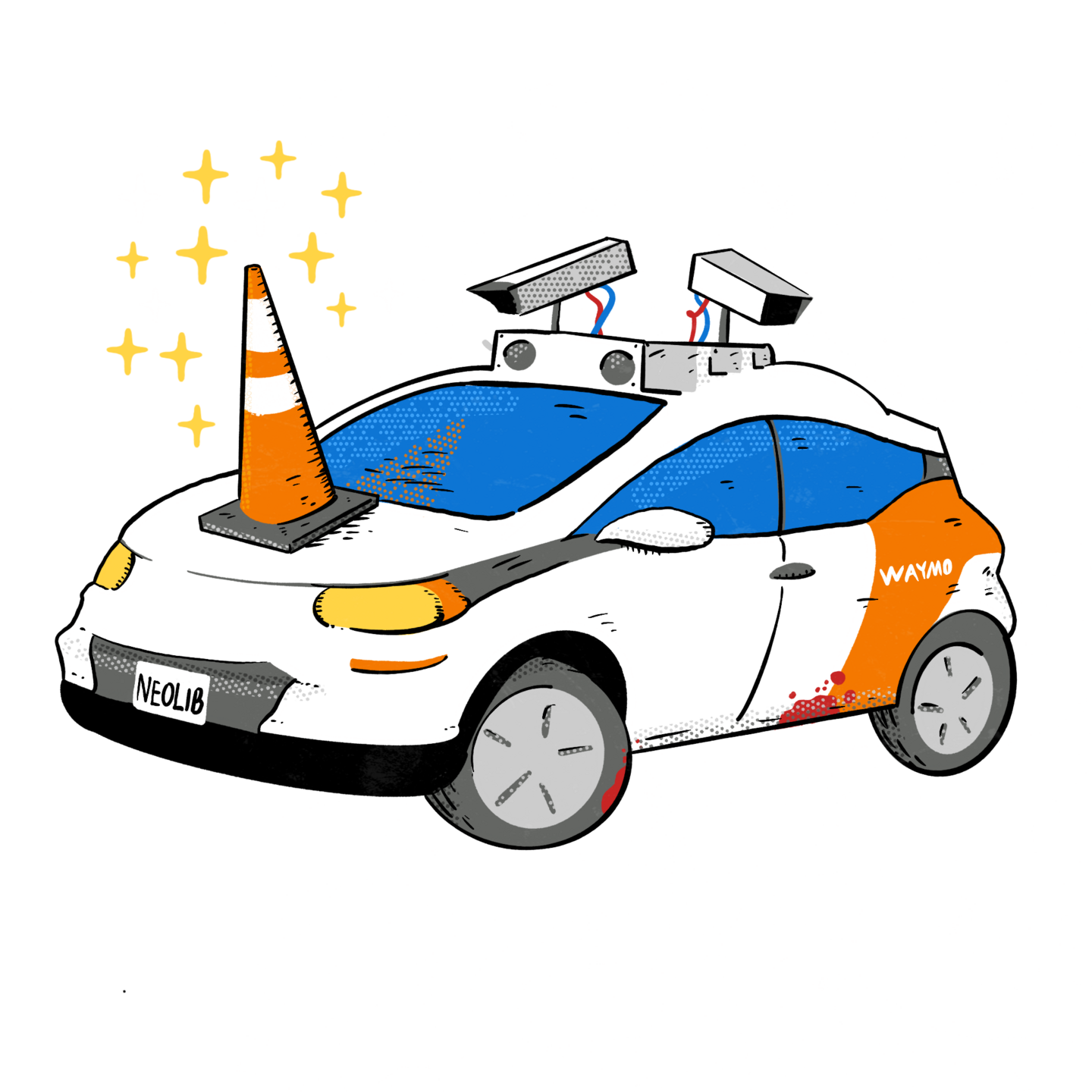
The Times – Tesla on trial: What caused fatal crash — driver or autopilot?
A jury in Florida can reshape the future of self-driving cars as it considers if Elon Musk’s company is to blame for 22-year-old’s death in crash
See original article by Keiran Southern at The Times

On the last stretch of his 100-mile journey home to Key Largo, Florida, from his office in Boca Raton, George Brian McGee was on the phone with American Airlines. He had a funeral to fly to.
In charge of the driving that night was the autopilot of his Tesla Model S, a system that McGee would later describe as “stupid cruise control”. Five minutes into the call, McGee’s phone fell to the floor and he bent forward to pick it up.
“I looked down, and I ran the stop sign and hit the guy’s car,” he told officers.
In fact it was a woman, the 22-year-old student Naibel Benavides Leon, who had been standing next to the parked Chevrolet Tahoe when McGee’s Tesla drove past a red light and smashed into it. Benavides Leon was killed. Her boyfriend, Dillon Angulo, who had been standing close by, was severely injured.

The Tesla and, below, Chevrolet after the crash in 2019

Now, for the first time, a court in Miami must decide to what extent the autopilot that McGee deployed that night in April 2019 was responsible for Benavides Leon’s death. The federal jury trial, which has begun and is due to end on July 31, could have significant implications for Elon Musk and Tesla.
When the National Highway Traffic Safety Administration announced the investigation into Tesla’s autopilot in 2021, it said it was aware of incidents since 2018 that involved Teslas crashing into police, fire and other flashing-light emergency vehicles parked on roads and highways.
Since then there have been more claims — often fought by Musk’s company in the courts — that have raised further doubts about the efficacy of autopilot.
The Miami trial has been brought by Angulo and the Benavides Leon family, who filed a federal wrongful death lawsuit against the car company in 2024.
It could open the door for more lawsuits, lead to tighter government regulations and reduce public tolerance for semi-autonomous systems on the road. It has come at a precarious moment for Tesla, which is struggling with declining sales and a falling share price.
Philip Koopman, a professor in computer engineering at Carnegie Mellon University in Pittsburgh and a critic of autopilot, said that if the jury sided with the family it could force a change in approach from the car giant.
He said rivals such as Ford and General Motors had tighter safety precautions to ensure drivers were ready to take over from assistance technology. “If Tesla loses, it puts pressure on them to act like the more responsible players in this area,” he added. “And if Tesla wins, then it gives them permission to keep doing what they do.”
Autopilot, which comes as standard on every new Model S, Model 3, Model X and Model Y, includes driver assist features such as cruise control, lane changing and emergency braking.

Tesla has expanded its driver-assistance technology since the Florida incident — our reporter got behind the wheel of a self-driving Model Y earlier this year
• I tried the new self-driving Tesla — it was utterly terrifying
Court records said McGee overrode the brake feature when he pressed the accelerator. He was sued separately and settled the lawsuit, having pleaded no contest to a careless driving charge. Tesla insisted this was a clear-cut case of driver error.
“The evidence clearly shows that this crash had nothing to do with Tesla’s autopilot technology,” it said. “Instead, like so many unfortunate accidents since cell phones were invented, this was caused by a distracted driver.”
Lawyers for the Benavides Leon family argued the autopilot should have braked when McGee’s Model S went through red lights at a T-junction at nearly 70mph. They obtained data from the vehicle proving that the Tesla detected the Chevrolet Tahoe, which was parked while Benavides Leon and Angulo were stargazing.

Benavides Leon’s family filed a federal wrongful death lawsuit against Tesla
However, the Model S failed to warn the driver or automatically brake. Koopman, who has written extensively about driver-assistance technology, said the Florida case was notable because it involved a victim who was not in a Tesla when the incident happened.
It raises the question of wider public consent to the software being used. “The public has not agreed to the use of this technology on the road and other road users are being put at risk by any problems with the technology,” Koopman said.
Tesla said customers should follow all warnings in the vehicle and in the owners’ manual, which state the cars cannot drive themselves and those behind the wheel must be ready to intervene at all times.
Musk’s critics, however, have accused him of overstating the technology’s capability.
Beth Bloom, the judge overseeing the case in the US district court for the southern district of Florida, heightened the stakes for Tesla last month. She ruled that the plaintiffs could seek punitive damages, potentially significantly increasing how much Tesla must pay.

“A reasonable jury could find that Tesla acted in reckless disregard of human life for the sake of developing their product and maximising profit,” Bloom said in a filing.
Tesla has improved its driver-assistance technology since the Florida incident. Its full self-driving feature can perform many complicated tasks on its own but a driver must still be at the wheel and ready to take over. Despite the improvements, critics say there is a gap between what Tesla boosters claim the technology is capable of and how it performs.
See original article by Keiran Southern at The Times
